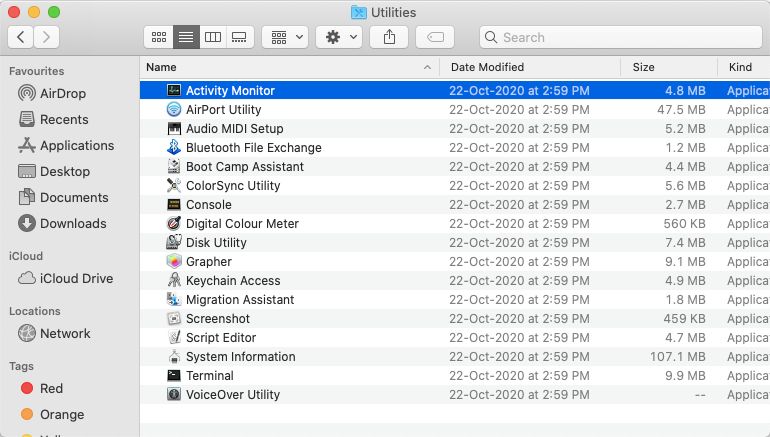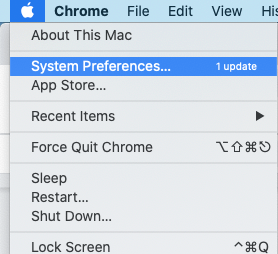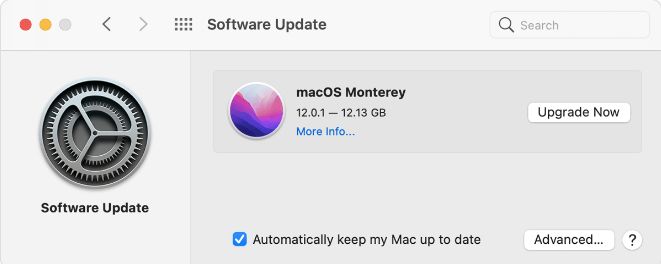5 Signs You Need to Free Up More RAM
RAM is the Random Access Memory and it takes up place to store temporary files to perform various tasks on your device. When the RAM is full, it will take more time for your Mac to put together a task.
There are several signs to notice the issue on your Mac, some of them are as follows –
- Video playing on your Mac becomes a laggy task.
- Takes too much time to open up a file or application.
- Boot time increases.
- Mac or Application Freezes quite often.
- Constant errors pop up such as “Your system has run out of application memory”.
How to check the RAM usage on your Mac?
If you wish to check RAM usage on your Mac, you can open Activity Monitor and find out about the usage. Follow these steps on your Mac to learn about the RAM usage –
Step a. Open Applications folder on your Mac.

Step b. Go to Utilities and then look for Activity Monitor and click on it.

Step c. On the Activity Monitor go to the tab of Memory and then you can see the processes and applications taking up the memory with their usage.

Step d. Here you see the chart to be green that means it is not an issue and your Mac is using RAM easily. While a red sign indicates that it requires a lot of time performing tasks due to full RAM.
How to Free Up RAM on your Mac
So, let us find out how to free up RAM on Mac using different methods.
1. Restart Mac
Your first instinct to any error or problem should be to restart the application or the device. Here since the Mac seems to be slow or sluggish, we suggest restarting it. To restart a Mac follow these steps –
Step a. Press the Power button for a few seconds and it will force shutdown the Mac.
Step b. Now, turn on you Mac after a while.
This might resolve the issue as the unwanted background processes running might close or shut down.
2. Update macOS
If your device is working on an outdated macOS, there is a high possibility of slow speed and performance. Therefore, it is always advised to keep the macOS updated. This is because a lot of bugs and issues are resolved with new updates by Apple. To update the macOS, follow these steps –
Step a. Click on the Apple Menu and then go to the System Preferences.

Step b. Here, open Software Update.

Step c. In the newly opened tab, you can see the Upgrade or Update sign. If there is one available, take a backup and then click on the button.
3. Close Unresponsive & Useless Apps
There are chances that multiple applications and processes running on your Mac result in high usage of RAM. Therefore, we can start by inspecting the applications which are in use and which are not. And then close all those which are not being used but still running in the background.
For example, a weather application, social media application can consume a lot of RAM and is not essentially required to be running at all times. You can close them and then see if that clean RAM on Mac.
4. Close useless browsing tabs
While you might be multitasking on your Mac, you can slow down a bit to increase the productivity on Mac while browsing. As too many tabs open up on Mac, it quickly takes a lot of RAM.
One must try to minimise the usage and thus help in decrease of RAM usage on Mac.
5. Close Processes
Processes running in the background are also equally responsible for high RAM on Mac. One can open Activity Monitor and close all those which are not going to affect your ongoing tasks.
6. Using Third Party Memory Cleaner
MacKeeper is one such Memory cleaner for Mac, which can help you instantly free up RAM on Mac. This application comes with a bunch of tools to improve the Mac performance to provide the much needed security from malware.
It works upon the faster boot time and using the available memory with quitting the memory hugging applications.
Follow the steps below to use it.
Step a. Download it from its official website.
Step b. Launch the application and go to the Memory Cleaner module from the left side.
Step c. Run a scan and you will see the results quickly, now click on the Clean Memory.

MacKeeper will now clean up the memory which is being used in such unwanted processes and kill the unresponsive or unused applications.
Frequently Asked Questions
Q1. What’s taking up RAM on my Mac?
It is possible that certain outdated software can take up more RAM usage than others. Multiple application and background processes also tend to take up RAM and thus result in slow Mac.
Q2. How do I free up RAM on my Mac In 2022?
Follow the methods in this blog to learn the simple ways to lower the RAM usage on your Mac and increase its speed and performance.
Q3. What happens if your RAM is full?
Your Mac will be sluggish and run tasks after a long pause, for example while typing you will see a visible delay in the words appearing on screen.
Q4. How do I lower my RAM usage?
You can follow a regular cleaning regime to make sure the RAM on your Mac is not full.
Also remember to –
- Keep your macOS and software present on it up-to-date.
- Quit unwanted applications & processes from Activity monitor.
Conclusion
In conclusion, freeing up RAM on a Mac involves various effective methods, such as closing unused applications, managing startup items, and utilizing Activity Monitor to identify memory-hungry processes. These strategies, coupled with optimizing system settings and utilizing memory-cleaning apps, ensure smoother performance.
While preferences vary, implementing these techniques enables users to enhance their Mac’s speed and responsiveness by efficiently managing memory resources. Embracing these methods empowers users to optimize their Mac’s performance and maintain efficient memory usage for a seamless experience.
Also Read

